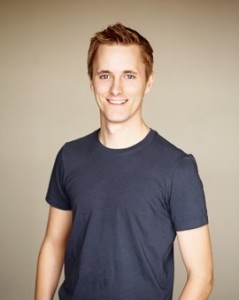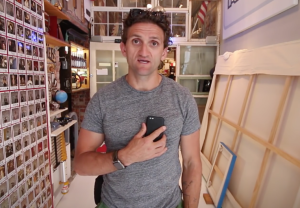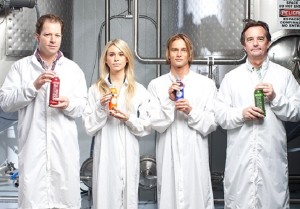 IdeaPaint is a dry erase paint company that was founded in 2002 by John Goscha as a freshman at Babson College in Massachusetts. According Goscha and its other founders Andrew Foley and William Gioielli, IdeaPaint’s purpose is to inspire and encourage everyone in their creative potential through their primary product which can transform almost any smooth surface into an erasable canvas, giving people the space they need to fully explore their ideas.
IdeaPaint is a dry erase paint company that was founded in 2002 by John Goscha as a freshman at Babson College in Massachusetts. According Goscha and its other founders Andrew Foley and William Gioielli, IdeaPaint’s purpose is to inspire and encourage everyone in their creative potential through their primary product which can transform almost any smooth surface into an erasable canvas, giving people the space they need to fully explore their ideas.
Back in their dorms at Babson College, these entrepreneurs would hang large sheets of paper on their walls to have a better space to think through their ideas. However, they would constantly have to tear it down and put more up every time they ran out of room and they thought, Surely there must be a better way. The team searched for this product but, to their surprise, they found nothing. So they set off on a six year journey to make this product commercially viable. Now they are widely successful and have been recognized by Mashable and Forbes. Goscha says “I look forward to the company bringing great products to market that inspire creativity and innovation in all of our customers for many years to come.”









